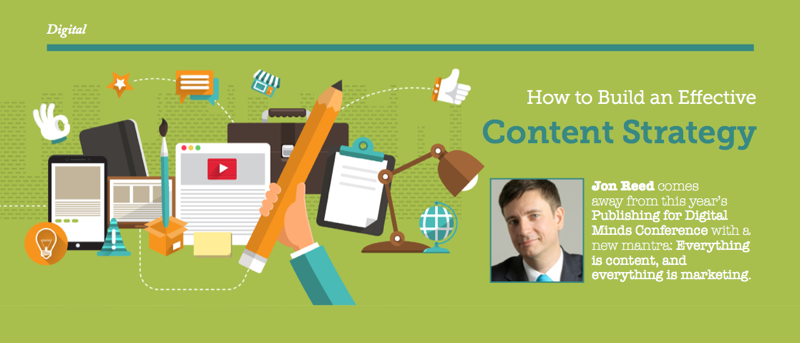monetizing your content online
 I love MONOCLE magazine. And not just because Tyler Brûlé is at the helm – one publisher against whom the ‘publisher as arbiter of taste’ argument actually stands up.
I love MONOCLE magazine. And not just because Tyler Brûlé is at the helm – one publisher against whom the ‘publisher as arbiter of taste’ argument actually stands up.
The magazine is well-produced – even a lovely object, with its stylish matt pages. I love its obsession with Japanese culture, the coverage of politics, design, business – and the Manga comic at the back. I feel like I’m at the cutting edge of international politics and culture when I’m reading it. It’s like the early, glory days of Wallpaper*, before it went to IPC (an interesting place for it to end up – Condé Nast would seem a more obvious home).
What’s really interesting is the business model. While most magazines offer a discount for annual subscriptions, MONOCLE charge more. £5 per issue against £75 for 10 issues doesn’t seem to add up. The rationale is that you get access to premium website content with your subscription.
At the moment, the website is free. It consists mainly of short film clips that supplement articles in the magazine, such as mini documentaries, film previews and Japanese pop videos. A nice extra that does encourage me to shell out £5 to ‘read more about this in the magazine’. Whether I shall pay extra to access this once the trial period runs out remains to be seen.
There are no established business models for monetizing content on the Internet. We’re all making it up as we go – and MONOCLE is a new twist. But the main models people are currently trying out include one or more of the following:
- free content as marketing
- free content as a taster for ‘premium’ content
- contextual advertising
- subscription
- data capture / infomediary
- micropayments / pay-as-you-go
People are used to getting content for free on the Internet. That may change, as it did with music. We may get used to some sort of micropayment system if it becomes easy and intuitive to use, like clicking on a track in iTunes and being charged 79p. It may not.
Many people in mainstream print publishing are squeamish about giving content away for ‘free’. I think this is shortsighted. As Chris Anderson, Editor in Chief of Wired and author of The Long Tail, said at the Unbound conference:
We do give away our content for free. Most magazines and newspapers do, because we believe the marketing value of all those links and word-of-mouth more than compensates for the lost sales.
When people see the value of content, they will pay for it. But you sometimes need to give something away first. For example, I subscribe to MarketingProfs.com, a useful source of articles on marketing topics. You get limited content for free, and full content for around US$50 per year, which, to me, is worth it. But I read an awful lot of free content before I signed up.
The content is key. So is building an audience around it. For that, you also need good search engine optimization (SEO). That includes not hiding all your content from Google behind a login! Increasingly, you also need social media optimization (SMO). More on those stories later.
In today’s media climate, it’s more important to focus on researching your market, getting the content right, building a community around it – and the cash will follow.

